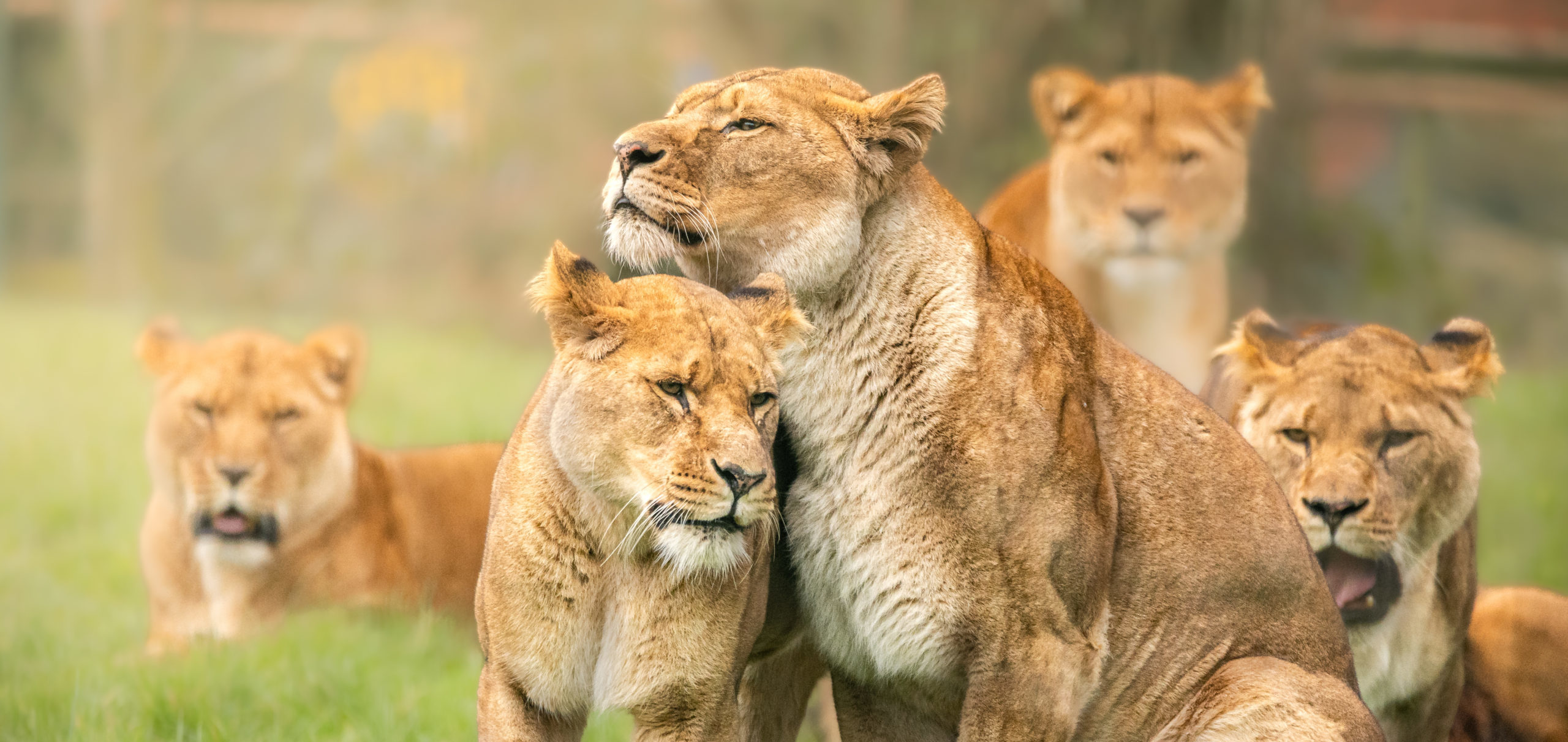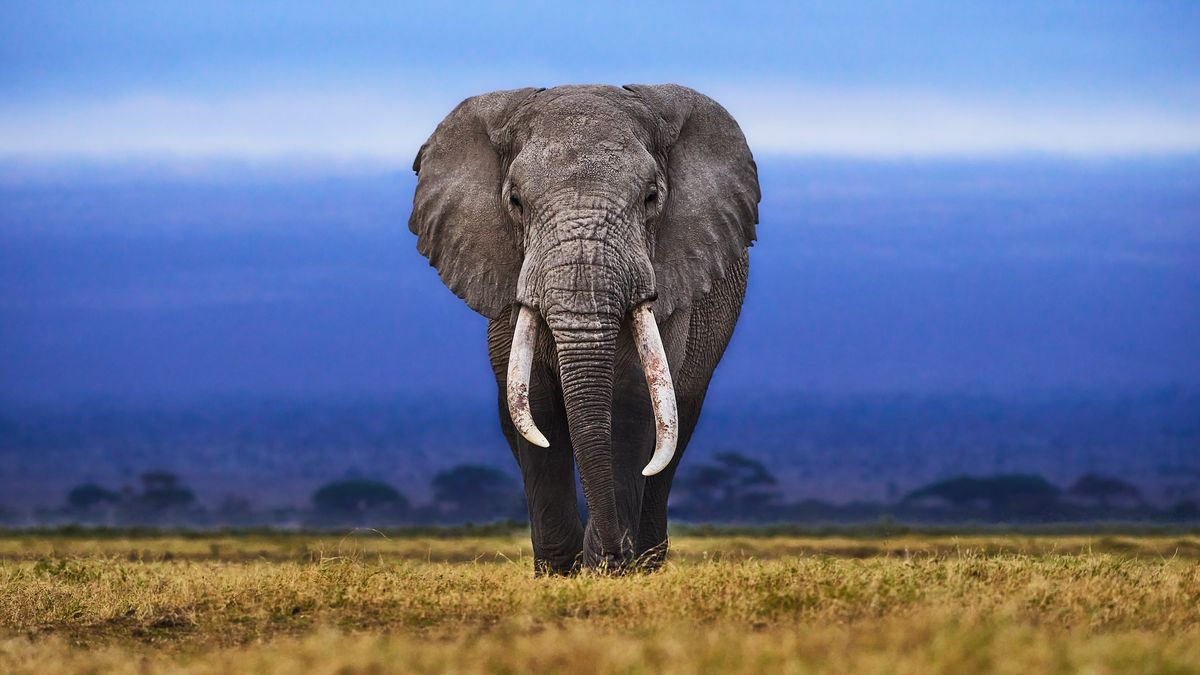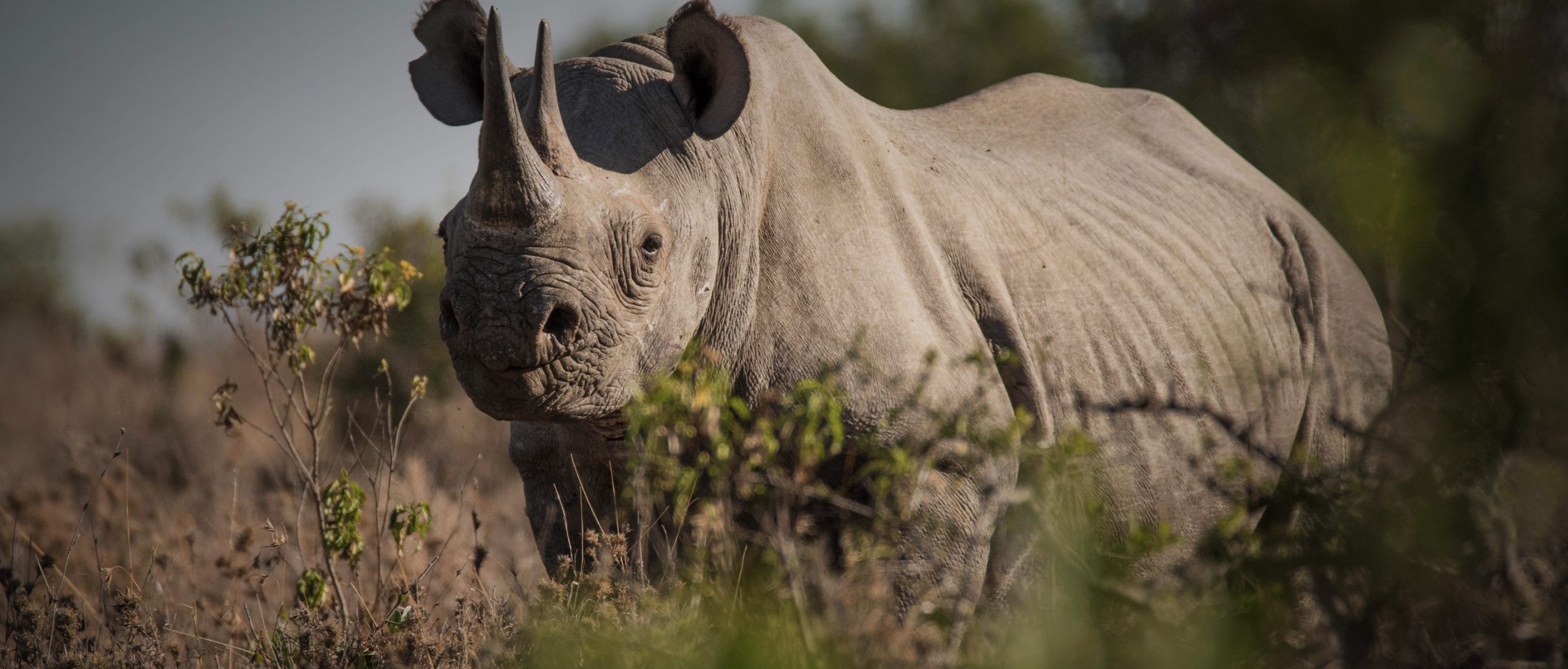The Big Five: Fascinating Facts Every Safari Goer Should Know
Every traveler who dreams of an African safari has heard the term “The Big Five” a phrase that sparks excitement and awe. But did you know that this famous group of animals wasn’t originally about safari photography at all? In the early 1900s, hunters coined the term to describe the five most challenging animals to hunt on foot: lion, leopard, elephant, buffalo, and rhino. Fast forward to today, and the Big Five have become the ultimate bucket-list sightings for wildlife enthusiasts.
Tanzania, home to the Serengeti and Ngorongoro Crater, is one of the best places on Earth to see all five in a single trip. But beyond just ticking them off your list, these creatures each carry fascinating stories, behaviors, and quirks that make them legends of the savanna.
1. The Lion – King of the Savannah
Ah, the lion, often called the “King of Beasts.” But here’s a twist: while male lions look regal with their flowing manes, it’s the females who do most of the hunting. Lionesses often work together in coordinated groups, bringing down prey much larger than themselves.
Fascinating Fact: A lion’s roar can be heard up to 8 kilometers (5 miles) away. It’s not just for show; it’s a way of marking territory and keeping rival prides at bay.
Where to Spot Them in Tanzania: Serengeti National Park and Ngorongoro Crater are prime lion country. During the Great Migration, you’ll often see lions trailing the wildebeest herds in search of their next meal.
2. The Leopard – Master of Stealth
Leopards are the most elusive of the Big Five. They’re solitary, secretive, and mostly nocturnal. Unlike lions, they prefer to hunt alone and often drag their kills up into trees to keep scavengers away.
Fascinating Fact: Leopards are incredibly strong, pound for pound, they’re the strongest climbers in the cat family. They can hoist prey twice their weight high into tree branches.
Where to Spot Them in Tanzania: Keep your eyes peeled on tree limbs during a game drive in the Serengeti or Lake Manyara. A dappled coat blends so well with the shadows that guides sometimes joke you “see the tree before you see the leopard.”
3. The Elephant – Gentle Giant with a Memory
Elephants are the largest land mammals on Earth, and watching a herd wander across Tanzania’s plains is a sight you’ll never forget. Despite their size, elephants are surprisingly gentle and intelligent, with strong family bonds.
Fascinating Fact: Elephants have remarkable memories. They can recall watering holes, migration routes, and even recognize humans they’ve encountered before—sometimes years later. Their emotional intelligence is also striking; they mourn their dead and comfort distressed family members.
Where to Spot Them in Tanzania: Tarangire National Park is elephant central, especially during the dry season when hundreds gather at the Tarangire River. Serengeti and Ngorongoro also host large populations.
4. The Buffalo – Africa’s Tough Survivor
Often overshadowed by the glamour of lions and elephants, the African buffalo is one of the most dangerous animals to encounter on foot. They live in massive herds and are fiercely protective of one another, making them formidable opponents to predators.
Fascinating Fact: When threatened, buffalo herds practice a unique defense tactic, circling the young, sick, or injured in the middle while the stronger individuals face outward to confront the threat. Even lions think twice before charging a buffalo herd.
Where to Spot Them in Tanzania: Huge herds roam the Serengeti and Ngorongoro Crater, where they often graze in open fields. They’re also a common sight in Selous (Nyerere National Park).
5. The Rhino – Rare and Resilient
The rhinoceros is the hardest of the Big Five to spot in Tanzania, as they are critically endangered and heavily protected from poaching. Tanzania is home mainly to the black rhino, which is smaller and more solitary than its white rhino cousin.
Fascinating Fact: Despite their bulky bodies, rhinos can run at speeds up to 55 km/h (34 mph). Their poor eyesight is often exaggerated, but their sense of smell and hearing are incredibly sharp.
Where to Spot Them in Tanzania: Your best chance is in Ngorongoro Crater, where a small population of black rhinos is carefully monitored. Spotting one is often the highlight of many safaris.
Why the Big Five Still Matter
The Big Five have become symbols of African wildlife and conservation. Tourism centered around spotting these animals brings vital funding to Tanzania’s parks and reserves. At the same time, protecting them ensures that entire ecosystems—lions, wildebeests, elephants, and everything in between—continue to thrive.
For safari-goers, learning about the Big Five adds depth to the experience. It’s not just about taking photos; it’s about appreciating their role in nature, their struggles for survival, and the urgent need to protect them.





